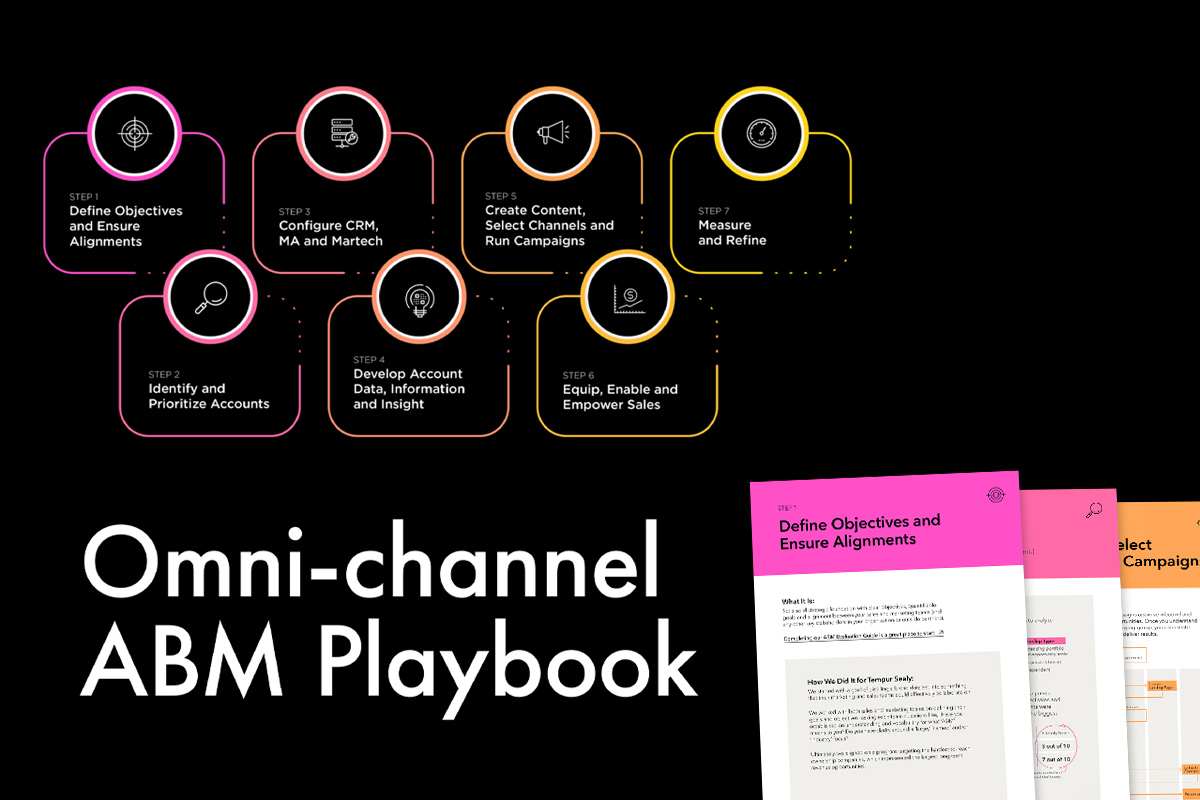The Cookie Conundrum — Cookieless Account-Based Marketing Tactics

Share this story
Cookies continue to be on every B2B marketer’s mind, and no, it’s not because they are craving something sweet. Rather, marketers are preparing for a cookieless future where third-party data will no longer be available to guide B2B marketers toward potential clients. B2B marketers must now use this time to prepare new tactics to deploy, especially when it comes to account-based marketing (ABM) strategies.
There are plenty of reasons to celebrate the demise of third-party cookies when reviewing ABM plans for the future. While third-party cookies offered a lot of data, the information wasn’t always reliable. A Demand Gen Report insight shared by Abhi Yadav, founder of Zylotech, reminds us that ABM strategies greatly depend on trustworthy data: “With so much uncertainty for businesses around the world (due to the pandemic), the target accounts that are significant today might be completely irrelevant tomorrow. Now more than ever, having access to high-quality data can make or break a campaign.”
So, where can B2B marketers find this high-quality data once third-party cookies have crumbled?
First-party cookies
First-party cookies are the most reliable source of data when it comes to potential clients. These are the cookies that help track the activity of the audiences that visit our websites and interact with our content. Data from first-party cookies will create more relevant content based on recent interactions.
Data points
Dig a little deeper into the first-party data and utilize locations and keywords when developing ABM strategies. B2B marketers can then contextualize the content and determine what made the viewer interact with the content in the first place.
New technologies
Reverse IP tracking technology is a completely legal solution that can strengthen ABM campaigns. According to Marketing Week, the technology “enables businesses to conduct reverse IP lookups and gain access to the top-level domain data that IP produces. Users receive the name of the business hosting that IP, and the additional details of those who registered the business IP…” From this point, marketers can develop a list of potential clients derived from the business domain. Targeted communications can then be created based on the content the prospective customer interacted with on the website. This is similar to marketing automation platforms that offer real-time personalization — a feature that delivers tailored content to different groups of visitors to your site by gathering information from anonymous visitors’ IP addresses.
Tried and true methods
Contextual advertising was and still is an excellent option to deliver relevant data. Contextual advertising displays ads to the website visitor based on the content they are viewing at the time. The ads are then considered more relevant and accepted by the visitor.
In the end, it is all about building personal connections. ABM strategies will only become stronger as the data becomes more dependable. Tapping into the primary data sources will generate direct feedback on the relevancy of your content based on your potential clients’ interactions. B2B marketers must stay nimble as we enter this first-party world with new tactics ready to guide clients toward a successful partnership.

